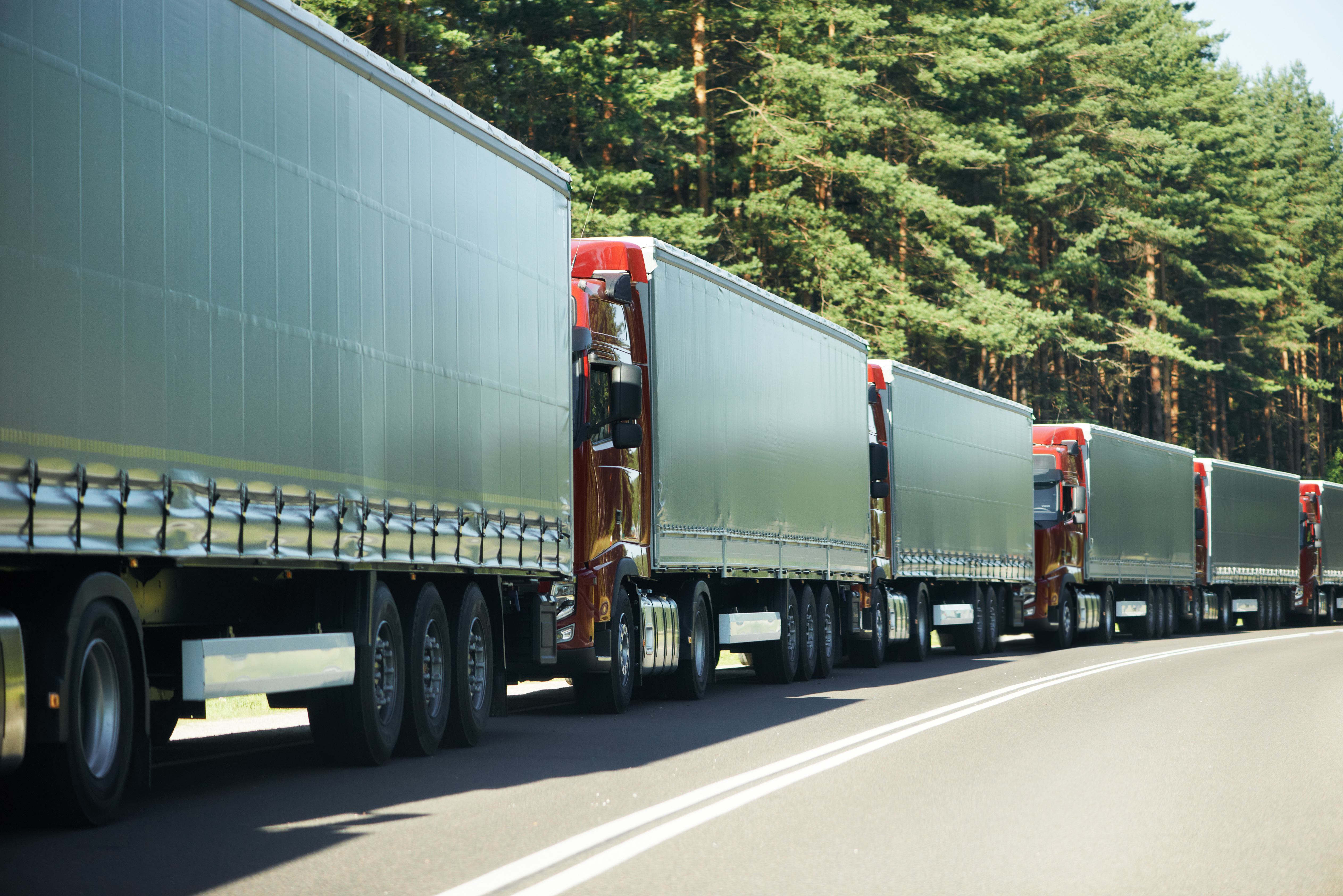
Since the start of negotiations on withdrawing from the EU began in 2016, technology has been cited as the solution to moving goods between Great Britain and the EU, and between the mainland and Northern Ireland in a post-Brexit world.
The issue to overcome is this: when the UK completes its break from the EU on 31 December 2020, regardless of whether a free-trade agreement has been struck, customs declarations will be required on GB exports to the EU and NI. They will also be required on imports from the EU from July 2021.
Minimising the disruption to traders is the mission agreed by all sides as the UK transitions out of the EU.
Many border technologies are already tried and tested around the world, for instance on the US-Canada border, and that between Norway and Sweden.
IT-based platform – still in development
At an IOE&IT Masterclass webinar at 2pm today, attendees are being given an outline of the government’s new IT platform called the Goods Vehicle Movement Service (GVMS).
The government has placed two possible models before port operators for administering the movement of goods across borders:
- A temporary storage model where goods are stored at frontiers for up to 90 days before being declared to customs.
- A pre-lodgement model, where goods arriving at ports will have already made a customs declaration. Under this model, trucks that arrive without clearance would be prevented from reaching ports. The GVMS supports this model for both imports and exports and to facilitate Transit movements.
The government asserts that the GVMS will, by July 2021, allow the UK to:
- Enable declaration references to be linked together so that the person moving the goods (e.g. the haulier) only has to present one single reference (Goods Movement Reference or GMR) at the frontier to prove that their goods have pre-lodged all the necessary declarations
- Allow the linking of the movement of the goods to declarations, enabling the automatic arrival / departure (where applicable) of goods in HMRC systems so that goods boarding on the EU side can be processed en route.
- Automate the Office of Transit function, marking the entry of goods into the UK customs territory
- Allow notification of the risking outcome of declarations (i.e. cleared or uncleared) in HMRC systems to be sent to the person in control of the goods by the time they physically arrive in the UK, so that they know where they need to proceed. Or, in the words of Tim Reardon, head of EU Exit at the Port of Dover, ensuring “the lorries go where they’re told to go”.
There have been criticisms made of the GVMS plan as it stands and there is talk of a French system that has already been tested, but the IOE&IT’s Kevin Shakespeare today argues:
“GVMS is there to simplify trade and is still being developed. There is much more to be discussed. Regardless of the outcome, all types of businesses – whether you’re a port operator, a haulier or a trader – must prepare for the requirements needed for the way GVMS is envisaged.”

